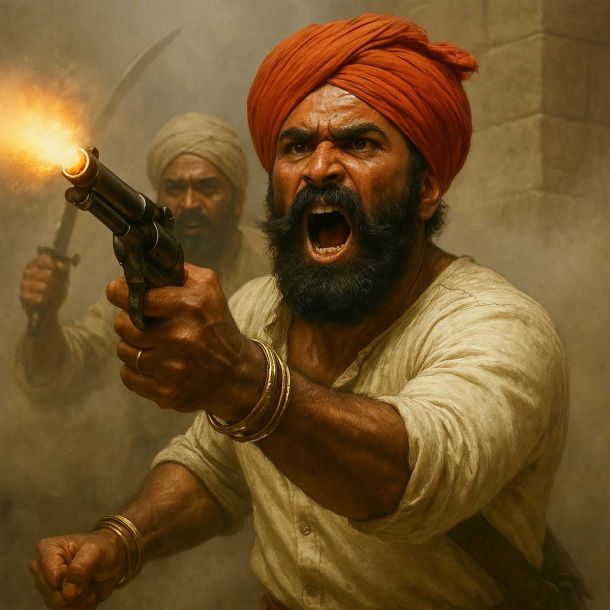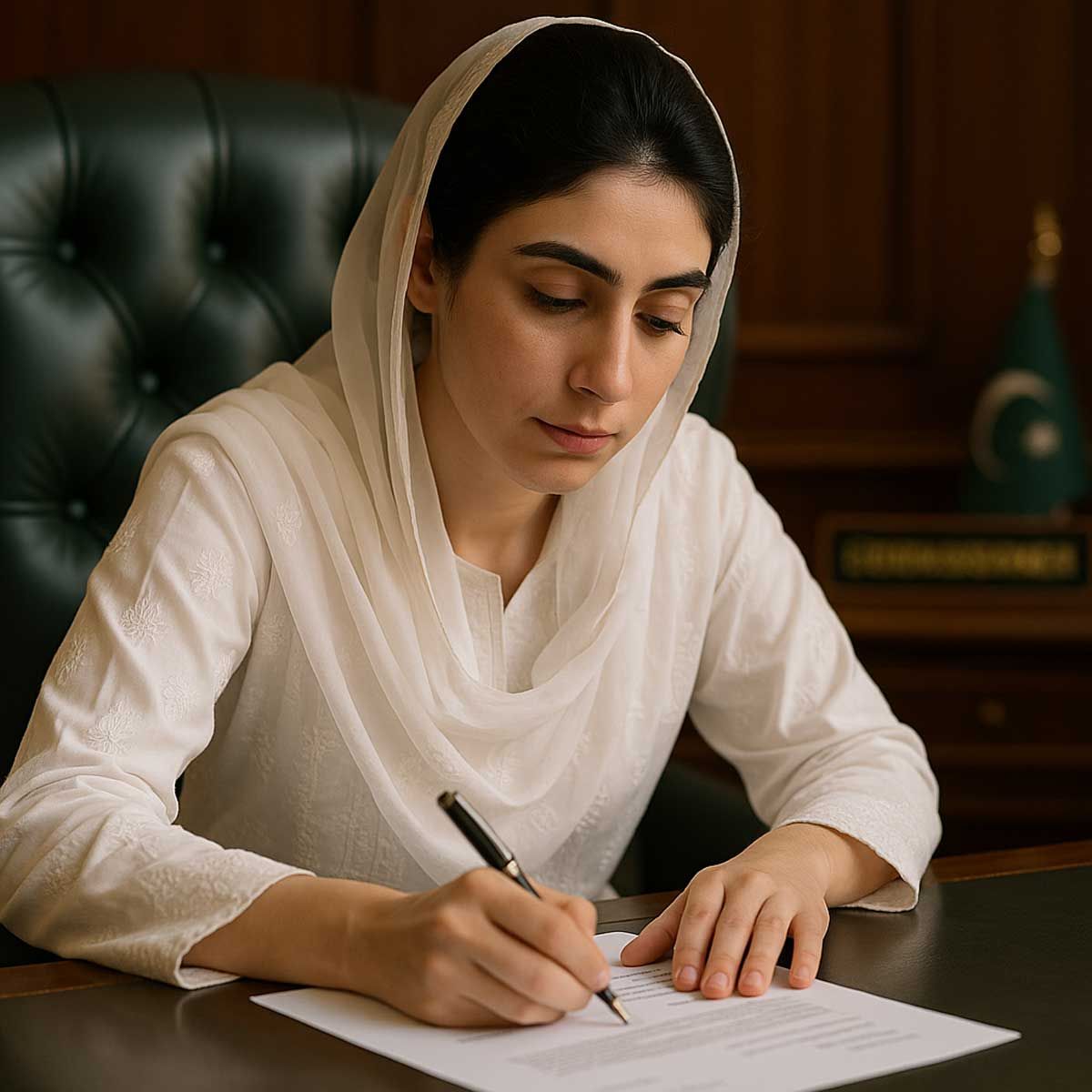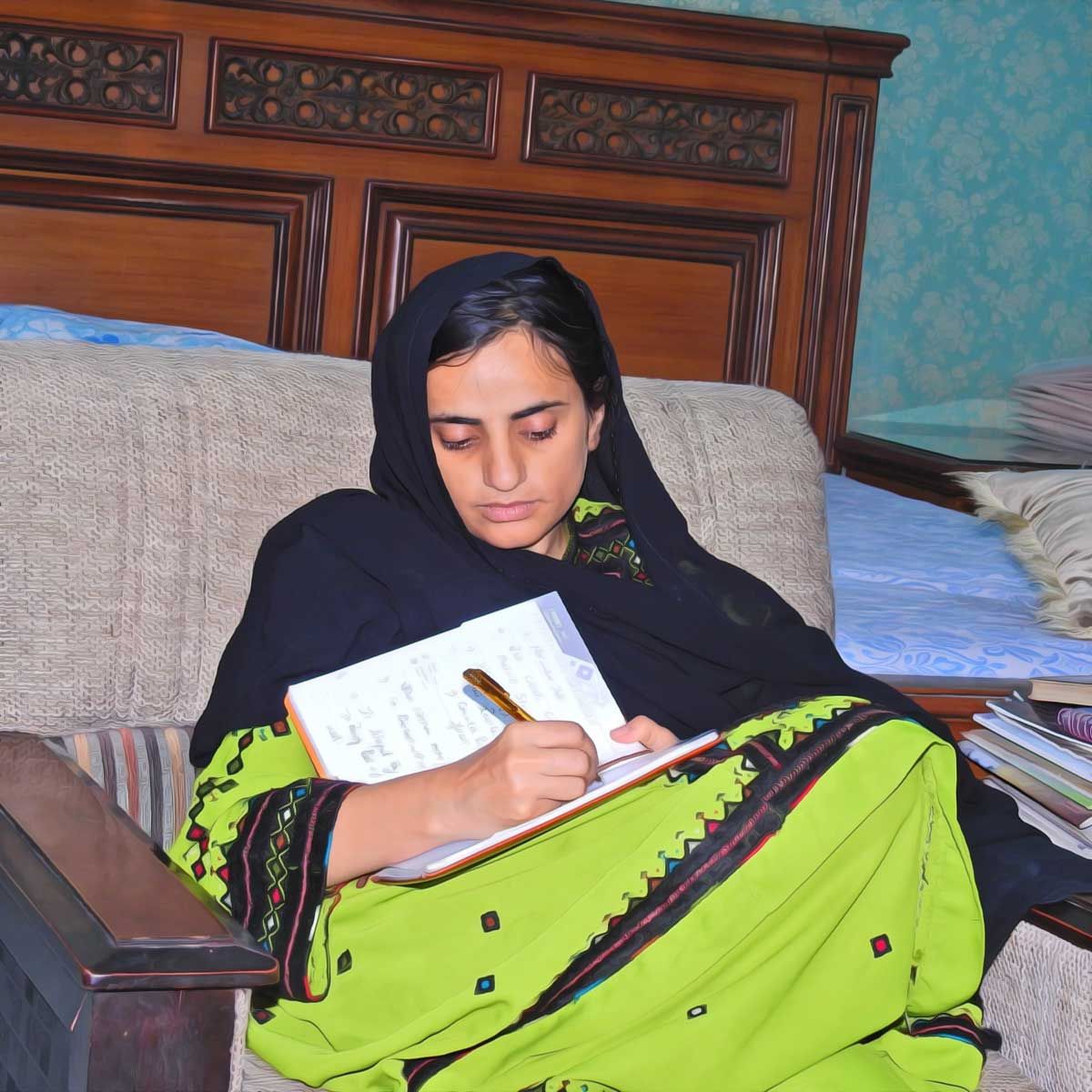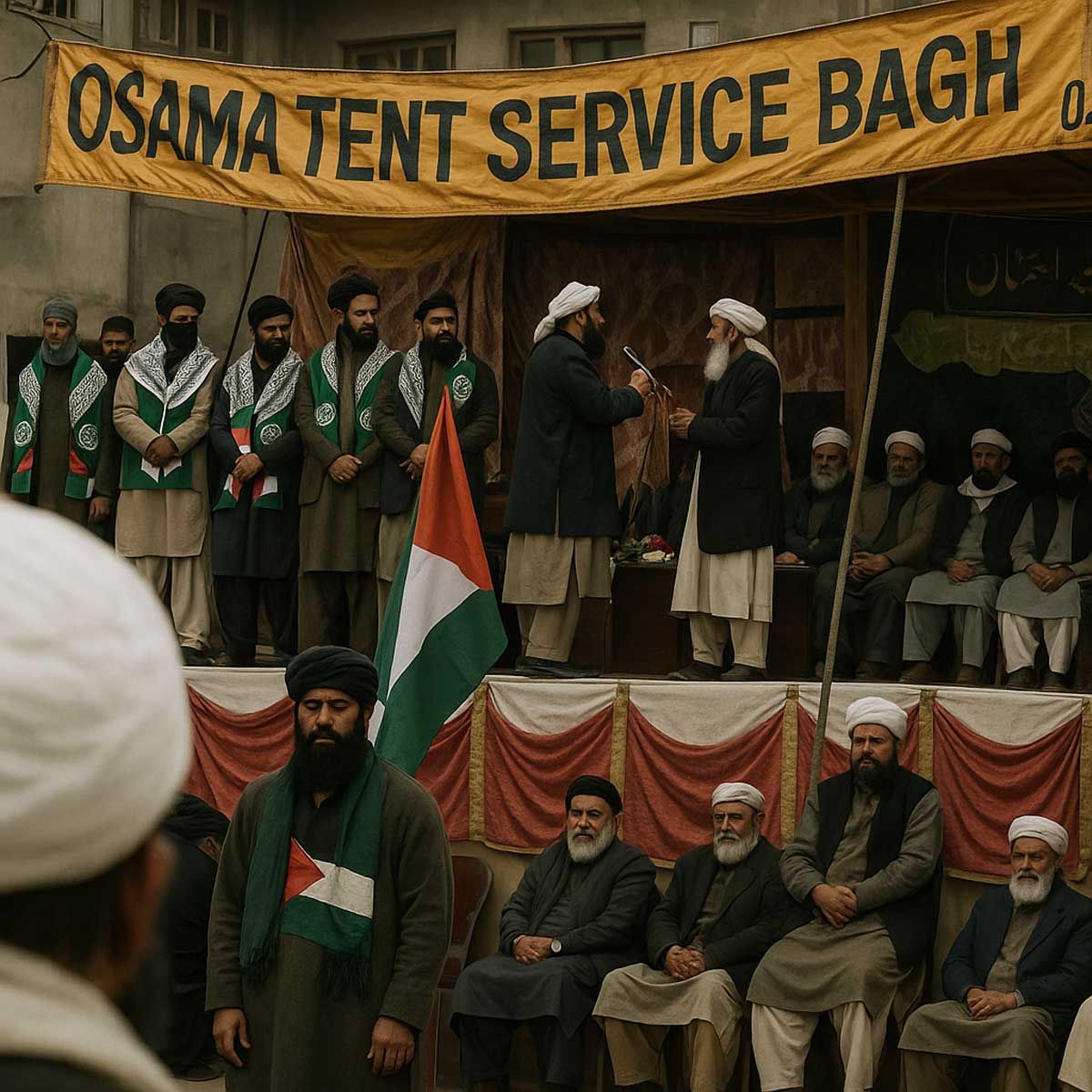Sanatan Articles
Satyaagrah
Written on
Satyaagrah
Written on
Satyaagrah
Written on
Satyaagrah
Written on
Satyaagrah
Written on
JOIN SATYAAGRAH SOCIAL MEDIA
Gandhi emphasized that he won't salute Indian National Flag if Charkha is replaced by Ashoka Chakra and wanted British flag added to it
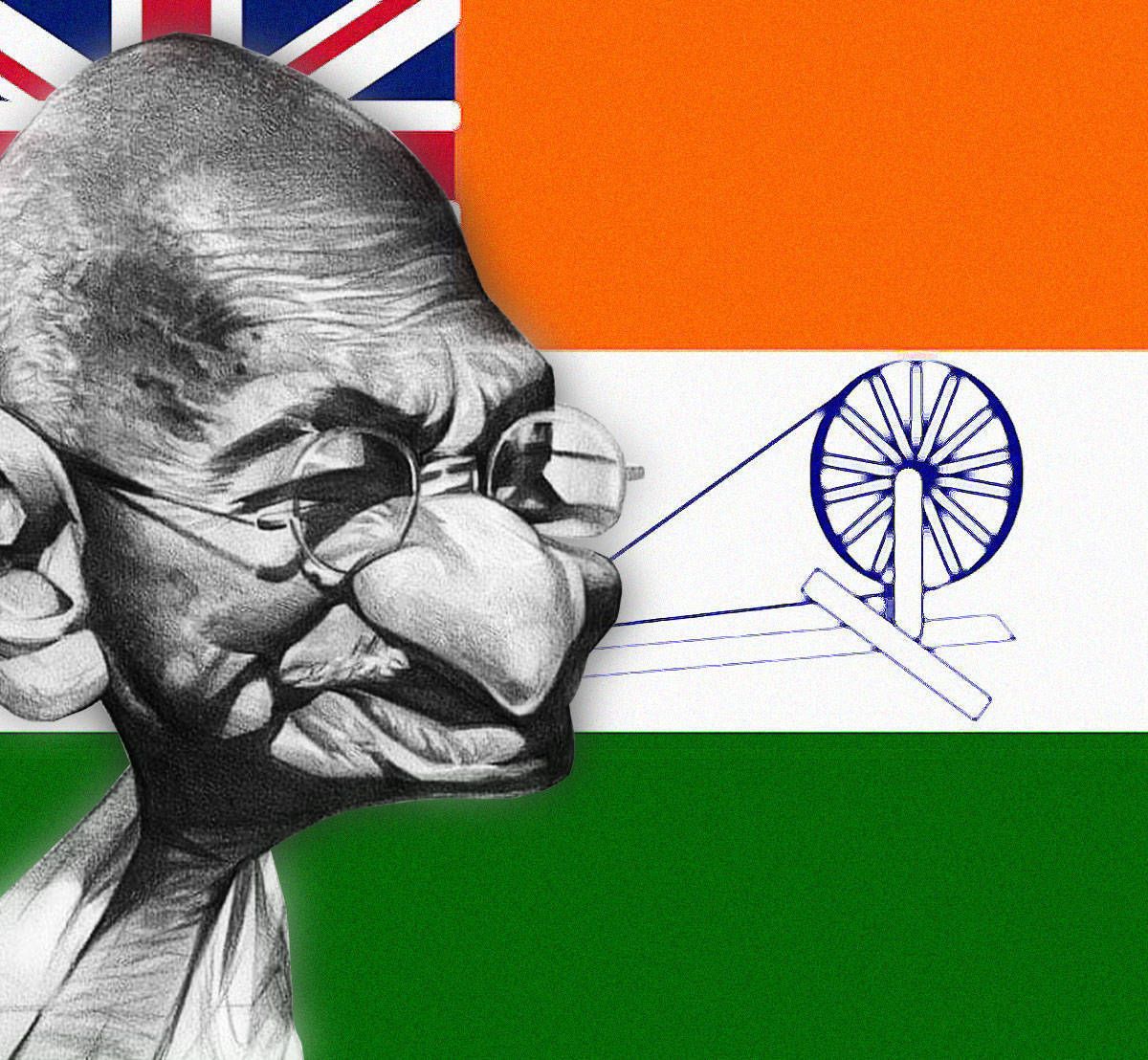
There are certain moments in the cultural and political life of a nation when the national flag comes into prominence. Every Indian is aware that the Prime Minister unfurls the national tricolor from the ramparts of the Red Fort every Independence Day on August 15, and indeed the observance of January 26th as Republic Day goes back to 31 December 1929, when Jawaharlal Nehru hoisted the flag of the Indian National Congress, gave a call for purna swaraj, and asked people to observe January 26 as independence day.
Along with the national anthem, the national flag is supremely and specially iconic of the nation-state. It is understood that the honor and integrity of the nation are captured by the flag, and as the history of every country shows, the national flag is uniquely capable of enlisting the aid of citizens, giving rise to sentiments of nationalism, and evoking the supreme sacrifice of death: in every respect, the national flag commands, not merely our respect, but our allegiance.
Today, we will talk about Mohandas Karamchand Gandhi who although led India’s non-violent independence movement, but he didn’t join the government even though he was a leader of the Congress party. And just like he kept a distance from the government, he had also maintained a distance from the symbol of newly independent India, the flag of the nation.
Every free nation of the world has its own flag, indicating that it is an independent country. In 1921, Andhra Congressman Pingali Venkayya of Masulipatnam first proposed the need for a national flag at a meeting of the Indian National Congress.
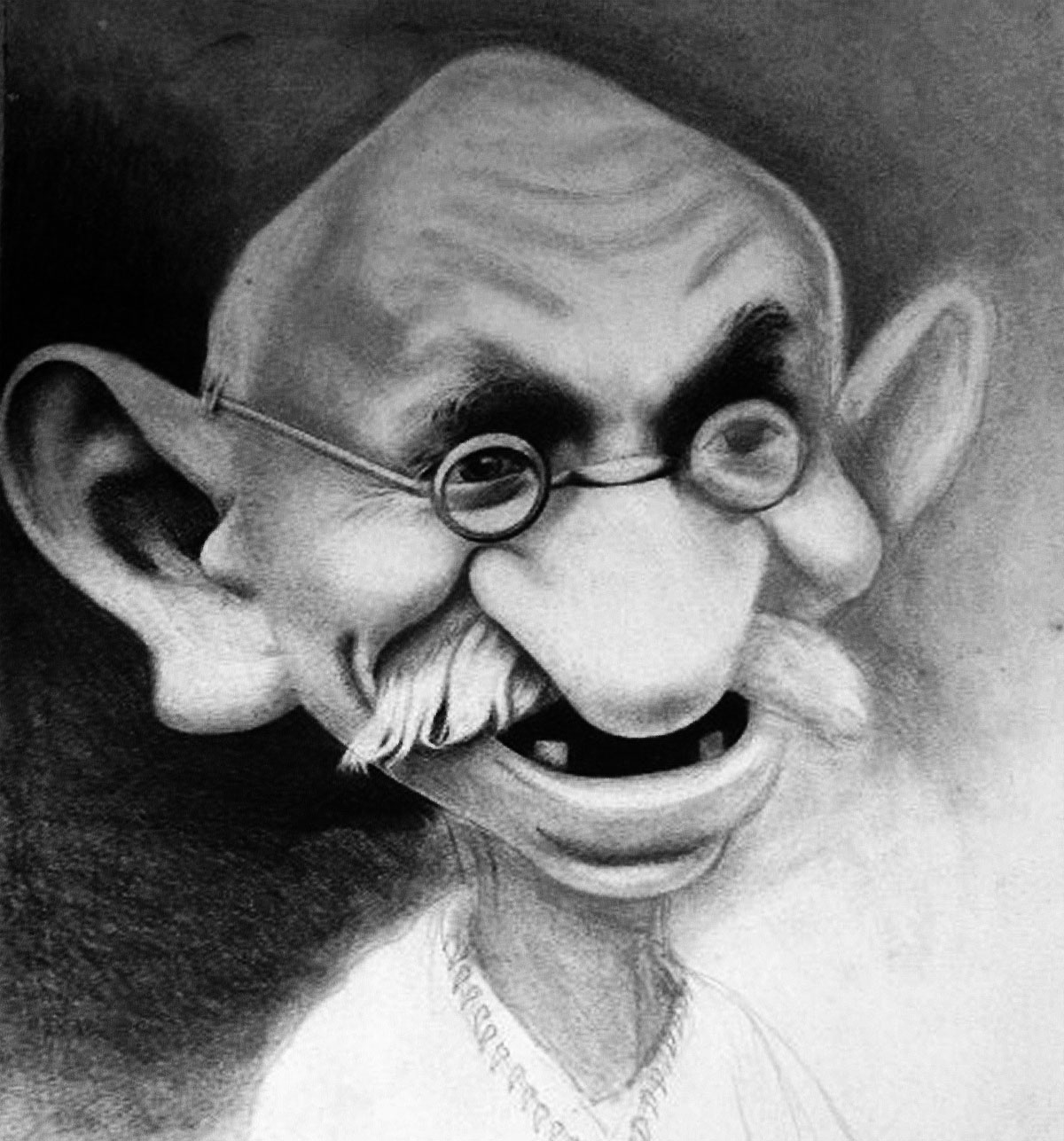 |
Mahatma Gandhi liked the idea of India having a national flag. "It will be necessary for us Hindus, Muslims, Christians, Jews, Parsis and all others to whom India is their home to recognize a common flag to live and to die for," Gandhi said.
Gandhi asked Venkayya to include a charkha or spinning wheel at the centre of the flag. He also expressed his wish that the national flag should have three colours - red to represent Hindus, green for Muslims and white for other faiths.
He wanted to have the white band on top, followed by green, and red at the last implying that the minorities come before the majority. He wished to have the spinning wheel at the centre covering all the three colours.
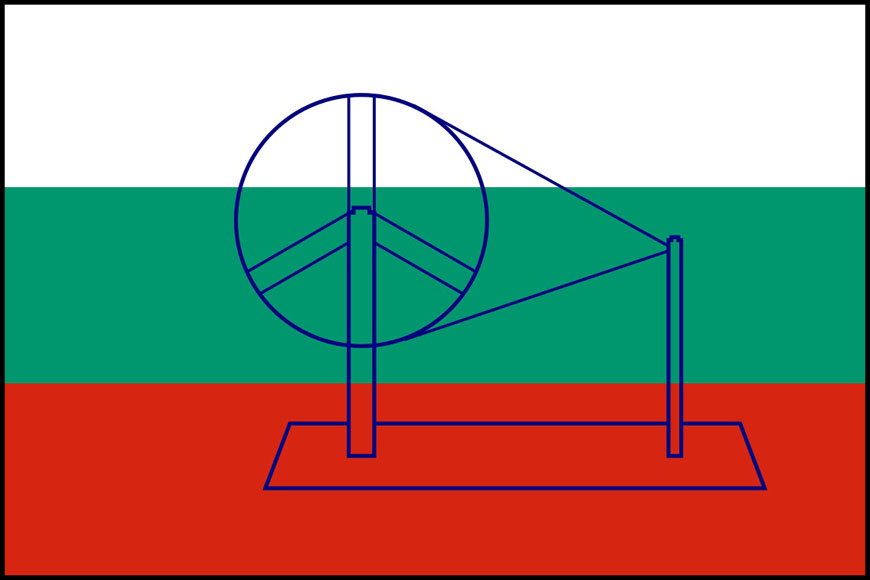 The flag designed by Mahatma Gandhi |
In 1931, a flag committee of the Congress made some changes to this tricolour. They replaced red with saffron and changed the order of the colours, as we see it now.
The design for the tricolour was unanimously accepted by the constituent assembly on July 22, 1947, days before India attained its Independence from the British, during a meeting held by the Constituent Assembly comprising of eminent personalities such as Rajendra Prasad and including Maulana Abul Kalam Azad, Sarojini Naidu, C. Rajagopalachari, K. M. Munshi and B. R. Ambedkar.
The flag is based on the Swaraj flag, a flag of the Indian National Congress designed by Pingali Venkayya. The present Indian flag contains three equal strips of saffron, white and green, with a navy blue ‘Ashok Chakra’ with 24 spokes at the centre. The flag, presented by India’s first Prime Minister Jawaharlal Nehru, in the constituent assembly on July 22, 1947, served as the national flag of the Dominion of India between 15 August 1947 and 26 January 1950 and has served as the flag of the Republic of India since then.
However, while India adopted tricolour with Ashok Chakra at the centre as its national flag, Mohandas Gandhiji was not pleased with the flag proposed by the Constituent Assembly. In one of the letters written by Gandhiji, which is published in “The collected works of Mahatma Gandhi”, the ‘Father of the Nation’ expressed his objection with the flag adopted by the Constituent Assembly. He was unhappy with the design due to two reasons, absence of the union jack, and replacing the charkha (spinning wheel) with the Ashoka Chakra.
Mahatma Gandhi supported the inclusion of Union Jack in the canton of the Indian tricolour
In his letter, Gandhiji conveyed his support for the flag proposed by the last British viceroy of India, Lord Mountbatten. The proposal of the flag presented by the Governor-General Louis Mountbatten in 1947 included the flag of the Congress but with a Union Jack in the canton. However, the flag was rejected by Jawaharlal Nehru, claiming that Congress’ nationalist members would see the inclusion of the Union Jack as being overly deferential to the British.
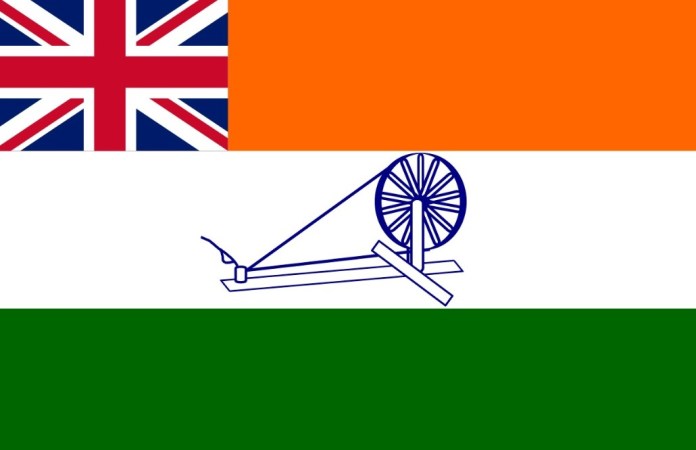 Indian Flag proposed by Lord Mountbatten |
In his letter, Gandhiji defended the inclusion of the Union Jack canton in India’s national flag. Gandhiji contended that though British might have inflicted harm on the Indians, it was not done by their flag. Extolling the British for “voluntarily withdrawing from India” and urging Indians to take note of virtues of the British, he made the case for the adoption of the flag proposed by Lord Mountbatten.
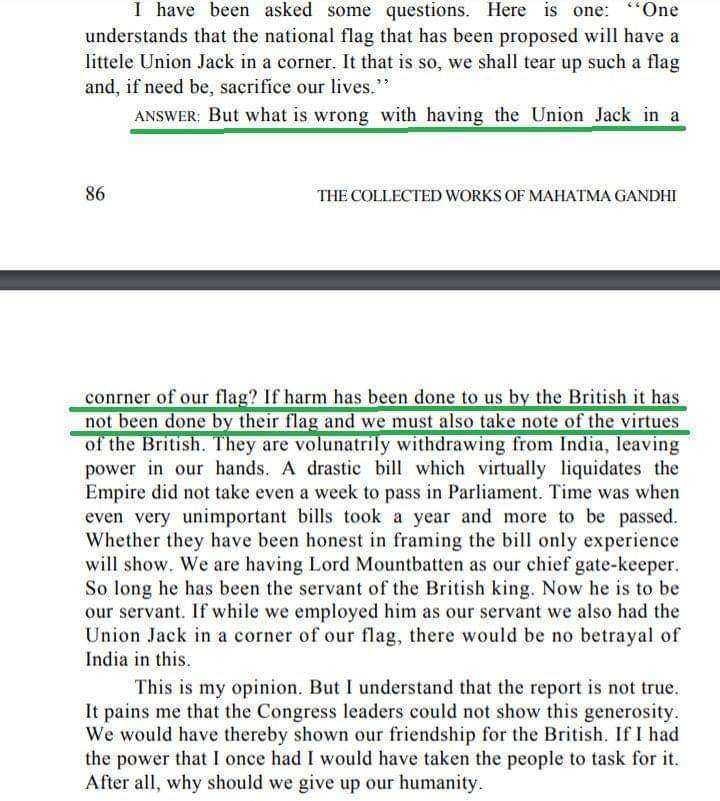 Relevant sections from Mahatma Gandhi's letter |
“But what is wrong with having the Union Jack in a corner of our flag? If harm has been done to us by the British, it has not been done by their flag and we must also take note of the virtues of the British. They are voluntarily withdrawing from India, leaving power in our hands,” said Mahatma Gandhi lamenting over the rejection of the Union Jack in India’s national flag.
Gandhi lamented India could not show “generosity and friendship”
Gandhi further added, “We are having Lord Mountbatten as our chief gate-keeper. So long he has been the servant of the British King. Now, he is to be our servant. If while we employed him as our servant, we also had the Union Jack in a corner of our flag, there would be no betrayal of India in this.”
 Relevant sections from Mahatma Gandhis letter |
Gandhi further added in his letter that he was pained to see Congress leaders not extending the “generosity and friendship” to the British. “If I had the power that I once had, I would have taken people to task for it. After all, why should we give up our humanity,” said Gandhi while expressing her angst over Constituent Assembly’s dismissal of incorporating the symbol of Union Jack in India’s national flag.
Gandhi said he would not salute the flag without the Charkha
Mahatma Gandhi had prefered the flag that the Congress party had adopted in 1931, with the saffron, white and green stripes and the blue charkha in the middle on the white strip. He wanted the same flag to be adopted by independent India with the Union Jack. Therefore, when the proposals were made to replace the charkha with the Ashoka Chakra came, he was so unhappy that he had declared that he will refuse to salute the flag.
In a statement made in Lahore on 6 August 1947, Gandhi said, “I must say that, if the Flag of the Indian Union will not embody the emblem of the Charkha, I will refuse to salute that flag. You know the National Flag of India was first thought of by me, and I cannot conceive of India’s National Flag without the emblem of the Charkha”.
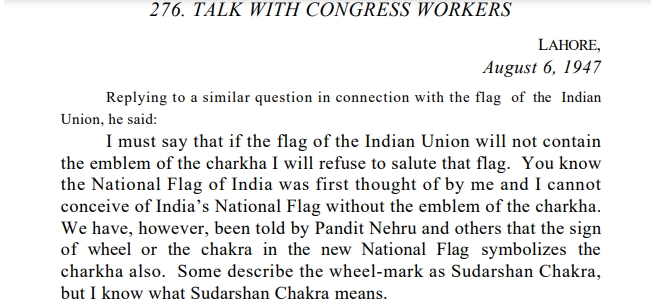 Talk with congress workers |
This quote can be found in volume 96 of the Collected Works of Mahatma Gandhi. Jawaharlal Nehru had tried to convince him saying that the design change is not significant, and the chakra in the new National Flag symbolizes the charkha also. Rejecting the argument that the chakra represents the Sudarshan Chakra also, Gandhiji has said, “Some describe the wheel-mark as Sudarshan Chakra, but I know what Sudarshan Chakra means.”
He had also written in Harijanbandhu, “Nothing would have lost if our councillors had never thought of interfering with the design of the original flag.” Rejecting the selection of the Chakra on artistic reasons, he wrote, “I will refuse to salute the flag that is modified on the above lines however artistic it may appear” (chapter 222 in volume 96 of the Collected Works of Mahatma Gandhi).
Few Shocking Facts About “Mahatma” Gandhi
- In 1921, Mohandas Gandhi in his article ‘The National Flag’ advocated that the green color of Islam should be put above the color representing Hindus; because “strong” Hindus should act as a shield of “weak” Muslims.
- When Swami Shraddhanand was assassinated by a fanatic named Abdul, the same Gandhi said “I have called Abdul Rashid a brother and I repeat it. I do not even regard him as guilty of Swamiji’s murder. Guilty indeed are all those who excited feelings of hatred against one another.”
- Mohandas Gandhi called martyr Udham Singh Insane because he took revenge for the Jallianwala Bagh massacre.
Mohandas Gandhi said “The outrage has caused me deep pain. I regard it as an act of insanity…I hope this will not be allowed to affect political judgment” - Mohandas Gandhi also protected Gen. Dyer.
In 1938, in an interview, Gandhi said “The Jallianwala Bagh Congress Inquiry Committee, on my advice, had refused to ask for his [Gen. Dyer’s] prosecution.” - Mohandas Gandhi called Caliphate the cow of Muslims, meaning Hindus must respect and protect Islamic Caliphate.
- Mohandas Gandhi put the re-establishment of the Islamic Caliphate above national independence. He said that he is ready to postpone the Swaraj for the sake of the Caliphate.
- Mohandas Gandhi said that only three slogans should be allowed in the independence movement:
i) Allah-hu-akbar
ii) Vande Mataram
iii) Glory to Hindu-Muslim unity - Mohandas justified the massacre of Malabar Hindus by the Moplahs: He said:
“They (Moplah Muslims) are a brave god-fearing people who were fighting for what they consider as religion, and in a manner which they considered religious.” He went even further and blamed Hindus for the massacre: “..They (Hindus) are not without blame. They have hitherto not cared for the Moplah… They have not treated him as a friend…It is no use now becoming angry with the Moplahs or the Mussulmans in general.” - Finally in 1947, Mohandas Gandhi advised Hindus
“Hindus should not harbor anger in their hearts against Muslims even if the latter wanted to destroy them. Even if the Muslims want to kill us all we should face death bravely. If they established their rule after killing Hindus we would be ushering in a new world by sacrificing our lives.”
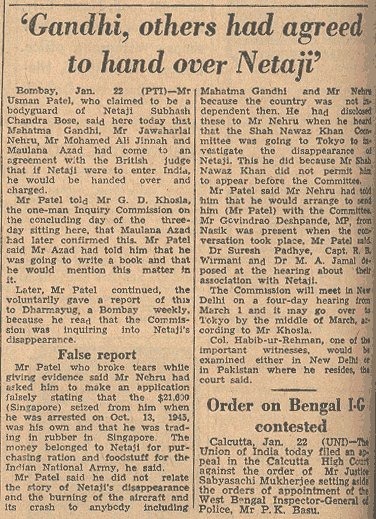 |
References:
Getbengal.com - Yajnaseni Chakraborty
kreately.in - by Dilbert
quora.com - Nilesh
Southasia.ucla.edu - by Vinay Lal
Opindia.com - Jinit Jain
 Support Us
Support Us
Satyagraha was born from the heart of our land, with an undying aim to unveil the true essence of Bharat. It seeks to illuminate the hidden tales of our valiant freedom fighters and the rich chronicles that haven't yet sung their complete melody in the mainstream.
While platforms like NDTV and 'The Wire' effortlessly garner funds under the banner of safeguarding democracy, we at Satyagraha walk a different path. Our strength and resonance come from you. In this journey to weave a stronger Bharat, every little contribution amplifies our voice. Let's come together, contribute as you can, and champion the true spirit of our nation.
 |  |  |
| ICICI Bank of Satyaagrah | Razorpay Bank of Satyaagrah | PayPal Bank of Satyaagrah - For International Payments |
If all above doesn't work, then try the LINK below:
Please share the article on other platforms
DISCLAIMER: The author is solely responsible for the views expressed in this article. The author carries the responsibility for citing and/or licensing of images utilized within the text. The website also frequently uses non-commercial images for representational purposes only in line with the article. We are not responsible for the authenticity of such images. If some images have a copyright issue, we request the person/entity to contact us at This email address is being protected from spambots. You need JavaScript enabled to view it. and we will take the necessary actions to resolve the issue.
Related Articles
- Northeast is not the Part of Pakistan because of 'Netaji': Subhas Bose and the ‘special’ case of Assam
- Godse's speech and analysis of fanaticism of Gandhi: Hindus should never be angry against Muslims
- A Great man Beyond Criticism - Martyrdom of Shaheed Bhagat Singh (Some Hidden Facts)
- On 16th Aug 1946, during Ramzan's 18th day, Direct Action Day aimed to provoke Muslims by mirroring Prophet Muhammad's victory at Badr, Gopal 'Patha', the Lion of Bengal, heroically saved Bengali Hindus & Calcutta from a planned genocide, altering history
- Prophecies of Jogendra Nath Mandal getting real after seventy years of his return from Pakistan
- Speech of Sardar Patel at Calcutta Maidan in 1948 busts the myth of ‘Muslims chose India’ and is relevant even today
- Ghost from the past: Unseen picture of Nehru voting in favour of partition of India goes viral
- Moplah Genocide of the Malabar Hindus, 1921: Thousands of Hindus slaughtered
- When Secular Nehru Opposed Restoration Of Somnath Temple - The Somnath Temple treachery
- Winston Churchill's hate for Indians caused millions of deaths: A villainous supremacist
- Can Communism and Democracy Coexist - 100 Years of Russian Revolution
- Nehru lost election and became first Prime Minister of free India: All thanks to miraculous Gandhi
- Vinayak Damodar Savarkar – A Misunderstood Legacy
- If not for Muslim appeasement, Vande Mataram would have been India's National Anthem: the history of Muslim opposition and support
- Father of the Nation! Absolutely not. Mohandas Karamchand Gandhi was not the father of the nation either officially or otherwise



